RFID Labels, that is smart labels, play an important role in more and more industries. Also, it has been integrated into our modern life, making our life move toward smart. And what’s more, it has a place in the world’s top ten anti-counterfeiting technologies. Now let’s find out why it’s so powerful and popular.
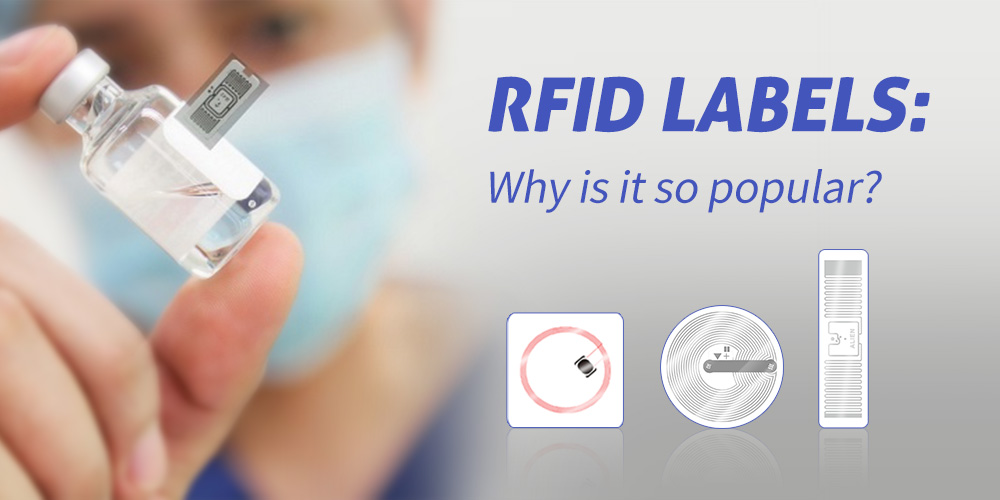
How RFID Labels Work?
RFID, short for Radio Frequency Identification, is an advanced technology to identify and track. The principle is very simple, that is, carry out non-contact data communication between the reader and the tag to identify objects.
Similar to our familiar barcode, RFID labels collect and send messages via an RF signal. And RFID passive tags can also achieve long-distance reading. We have written another article about the differences between them: RFID VS Barcode:What‘s the difference?
Benefits of RFID Labels
1. Better Security. RFID labels can embed or attach to different shapes or types of products. More importantly, the RFID chip has a unique ID and excellent safety performance.
2. Dynamic Real-time Communication. The tag communicates with the reader at a frequency of 50 ~ 100 times per second. Thus, as long as the object within the effective identification range of the reader, it can track and monitor their positions.
3. Fast Recognition Speed. Once the tag enters the magnetic field, the reader can read the information in it instantly. Moreover, it can process multiple tags at the same time to realize batch recognition.
4. Large Data Capacity. The barcode with the largest data capacity can only store 2,725 digits at most; If it contains letters, there will be less storage. RFID tags can be expanded to 10K according to the needs of users.
5. Long Service Life and Wide Application Range. RFID tags can be used in the dust, oil, and other high pollution environment or radioactive environment. And its closed packaging makes its life much longer than the printed bar code.
6. Easy and Fast Reading. Data can be read without a light source, good penetration. The effective identification distance is larger. When using the active label with battery, the reading distance can reach more than 30 meters.
RFID Label Applications
RFID labels have been used in many industries. For instance, anti-counterfeiting, warehouse, logistics, retails, hospitals, transport, even the military. Now, we will pick up some applications as examples. Of course, they are not all. If you want to know more about RFID tag applications, you can check out this article: What is RFID tag? Learn about common RFID applications.
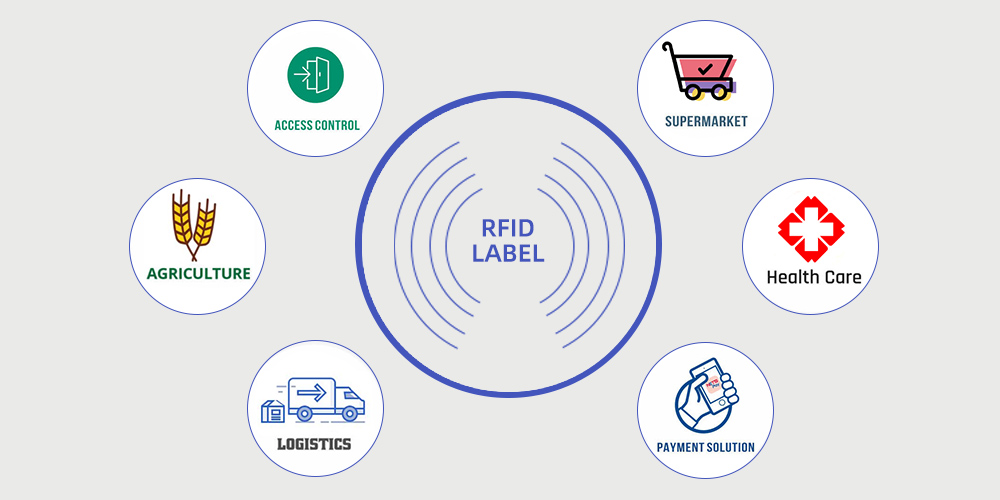
Anti-counterfeiting
With an RFID label, each product has a unique identification. That tag can record all information from source manufacturers to the sale terminals. By the RFID reader devices, you can get all product information to ensure that it is genuine. If using the NFC label, it is much more convenient, just need customers to tap the tag with the NFC-enable phone.
Warehouse Management
RFID electronic labels can effectively solve storage cargo information management. For instance, real-time understanding of cargo location and storage situation. It has an important function to improve storage efficiency and guide production.
Retail Management
More and more great brands and supermarkets are using RFID technology to improve efficiency and save costs. The electronic labels can help them optimize their supplier management, store management, and customer experience, etc.
Library Management
Attaching an RFID label on the book will reduce the work of library staff and simplify the management process. It is a perfect solution to track and manage books. It can not only save manpower, more important is to make the book management more intelligent.

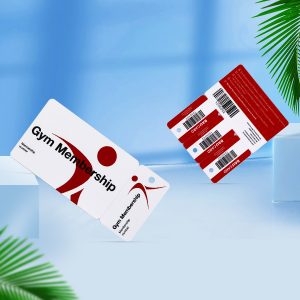
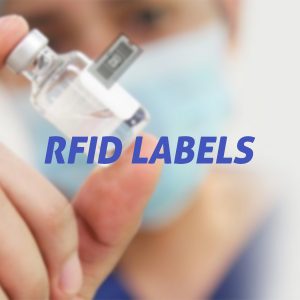



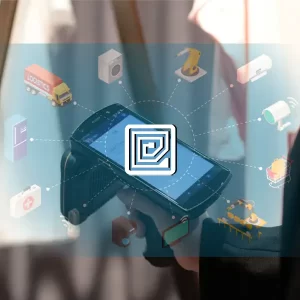
Fast recognition is the element that makes RFID tags more preferable over barcode technology specially in library managment